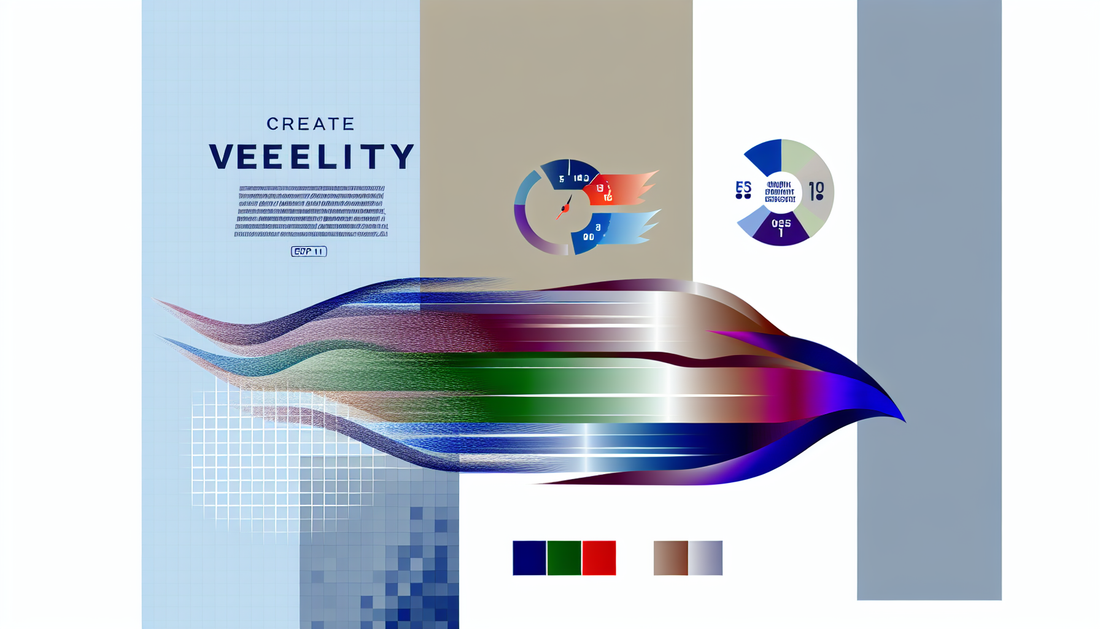
Unlocking Velo: The Future of Cross-Border Finance
Share
How Velo (VELO) Works: Understanding the Blockchain-based Financial Protocol
Velo (VELO) operates as a sophisticated financial protocol designed to facilitate secure and efficient cross-border transactions. Built on blockchain technology, Velo aims to deliver a seamless platform for businesses and individuals to access reliable financial services, notably in areas involving digital credit issuance and settlement.
The Core Mechanisms Behind Velo
At the heart of Velo's architecture lies its digital credit issuance mechanism, which is based on a decentralized and collateral-backed model. This model allows for the creation of digital credits that can be used for various financial services, particularly cross-border settlements. By integrating blockchain's inherent features such as immutability and transparency, Velo ensures that the entire process is both reliable and tamper-proof.
Velo's operation is supported by a dual token system. The main Velo token (VELO) acts as a collateral reserve within the network. This token is crucial in maintaining stability and trust within the platform by providing backing for the digital credits created. The tokenomics of Velo are set to guarantee that the ecosystem remains balanced, sustainable, and able to expand securely over time.
Blockchain's Role in Velo's Settlement Process
The use of blockchain technology allows Velo to execute transactions quickly and cost-efficiently, with the network's consensus mechanisms ensuring security and reducing reliance on traditional intermediaries. This feature is particularly beneficial for reducing transaction costs and times associated with cross-border settlements. By leveraging partnerships with global financial institutions and services, Velo enhances its reach and reliability for users worldwide.
Smart Contracts and Governance
Velo incorporates smart contracts to automate and facilitate complex transaction processes. These self-executing contracts reduce manual intervention, leading to higher efficiency and reduced potential for human error. Moreover, smart contracts play a crucial role in Velo’s governance model by automating the decision-making processes related to network upgrades and changes.
Governance within the Velo network is decentralized, allowing token holders to participate in decision-making processes. This empowers the community and enhances the platform's adaptability to changing market conditions. However, the effectiveness of such governance systems is often under scrutiny, similar to challenges facing [Decentralized Governance: The TIAZ Ecosystem Explained](https://bestdapps.com/blogs/news/decentralized-governance-the-tiaz-ecosystem-explained).
Conclusion
By integrating advanced blockchain-based mechanisms, Velo aims to revolutionize the way cross-border settlements are conducted. The platform not only enhances transactional efficiency and lowers costs but also offers a robust framework for issuing and processing digital credits.
Explore More
For those interested in exploring the dynamics of decentralized finance further, consider signing up on Binance for a broader range of cryptocurrencies and blockchain innovations [here](https://accounts.binance.com/register?ref=35142532).
